South African mobile network operators are only delaying the inevitable by resisting the local entry of low-earth orbit (LEO) satellite services like SpaceX's Starlink.
Continuing to do so could also put them at a disadvantage if a rebel operator chooses to partner with the service to enable direct-to-cell (D2C) connectivity in remote areas.
That is according to World Wide Worx founder and veteran technology industry analyst Arthur Goldstuck, who provided his perspective on the operators' efforts to keep Starlink out of the country.
Vodacom, MTN, and Telkom have publicly stated that Starlink's entry would promote digital inclusion in South Africa.
However, through a joint representative body for the operators, the Association of Comms and Technology, the networks are opposing regulatory reforms that would enable Starlink to launch locally.
The tactics are similar to those Telkom employed to protect its fixed-line monopoly for years, including requests for broad socio-economic impact studies that could indefinitely delay a Starlink rollout.
According to Starlink, it will only launch locally if Icasa offers an alternative path for telecoms licensees to comply with a requirement that they be 30% owned by historically disadvantaged individuals.
One regulatory reform on the table is Equity Equivalent Investment Programmes (EEIPs) for the ICT sector. This is expected to take at least another year to come into effect.
However, another of Starlink's products aimed specifically at mobile networks - direct-to-cell (D2C) - may not require this.
In several markets overseas, cellular network operators have embraced Starlink D2C to provide their customers with Internet coverage in remote areas where tower rollouts are impractical.
This service is technically different from Starlink's main residential services as it supports use with regular 4G devices.
The service can only operate via a cellular network, requiring a formal commercial agreement with the operator.
Therefore, Starlink D2C could theoretically launch in South Africa without EEIPs, as the service would be offered through companies that meet the necessary criteria.
The first operator to offer Starlink D2C will be US carrier T-Mobile, which is set to launch the service on 23 July 2025.
The "T-Satellite with Starlink" service will also be supported on the other two big cellular networks - AT&T and Verizon - for an additional $10 (R178) monthly fee.
The service will initially support texting and mobile data on optimised apps, including Google, WhatsApp, and X. 911 texts will be free to all mobile network users, regardless of carrier, starting later in 2025.
Nine other major operators have since signed D2C agreements with Starlink, including Rogers in Canada, Telstra and Optus in Australia, One NZ in New Zealand, and Salt in Switzerland.
Goldstuck said there was a strong precedent overseas with telcos leveraging Starlink to enhance coverage in remote and underserved areas. "Resistance will only delay the inevitable," he said.
"Given the need for blanket coverage, especially in deep rural areas, South African telcos may eventually need to collaborate with LEO satellite providers," he said.
Goldstuck said local operators would not have to "follow the herd" on Starlink adoption if there were alternatives.
Vodacom has partnered with Amazon's Project Kuiper and AST Spacemobile to support satellite roaming in remote areas.
MTN has run trials of D2C with Lynk Global in South Africa and Ghana and held discussions with AST SpaceMobile for trials in Nigeria and South Sudan.
It had also engaged with Starlink on enterprise-grade trials in Rwanda and Nigeria and Eutelsat OneWeb on a planned pilot in South Africa.
Goldstuck said it was plausible that competing LEO services had a hand in delaying Starlink's rollout in South Africa.
He said Vodacom's use of Kuiper might reflect a desire to diversify risk or align with a larger ecosystem player like Amazon, but it puts them at a timing disadvantage if Kuiper's rollout is slower.
"Project Kuiper is promising, but still unproven at scale. Starlink is already delivering working solutions globally," Goldstuck said.
Starlink has already reached five million users in more than 130 countries, while Amazon has yet to launch its service commercially.
Starlink has around 8,000 satellites in orbit - around 700 of which support D2C - whereas Amazon only has 54 satellites in orbit.
Lastly, Starlink owner SpaceX also launches a rocket carrying dozens of new Starlink satellites into orbit more than twice a week.
None of the other LEO providers have fleets anywhere near the size of Starlink either, with OneWeb's constellation of 648 satellites being the second largest.
- mybroadband
 OK Zimbabwe posts US$17,8 million loss
OK Zimbabwe posts US$17,8 million loss  Hichilema meets Chivayo
Hichilema meets Chivayo  Millions celebrate Diwali festival in India
Millions celebrate Diwali festival in India  Econet Zimbabwe to delist from ZSE
Econet Zimbabwe to delist from ZSE  Gold edges up as traders await guidance
Gold edges up as traders await guidance  Mnangagwa fires Chitando, appoints Polite Kambamura
Mnangagwa fires Chitando, appoints Polite Kambamura  Young Investment Professional (YIP) Graduate Programme 2019
Young Investment Professional (YIP) Graduate Programme 2019 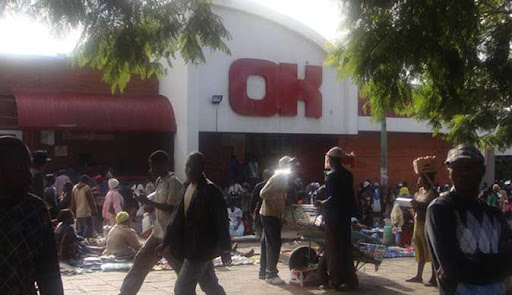
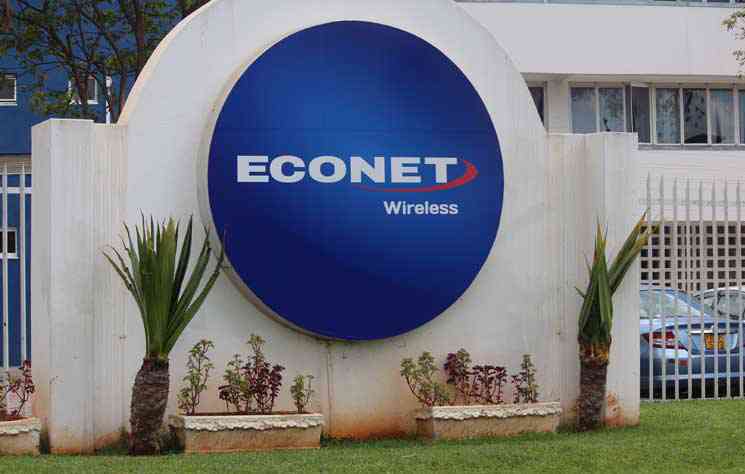
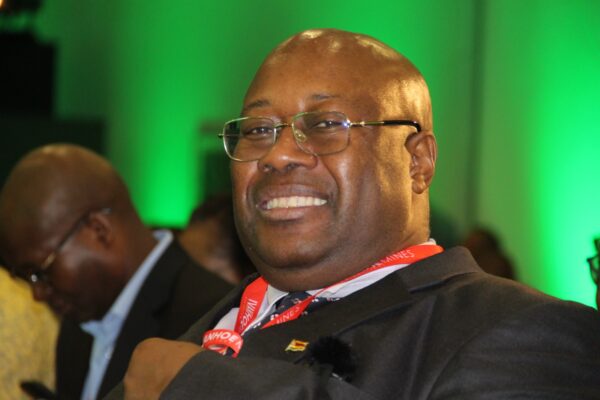
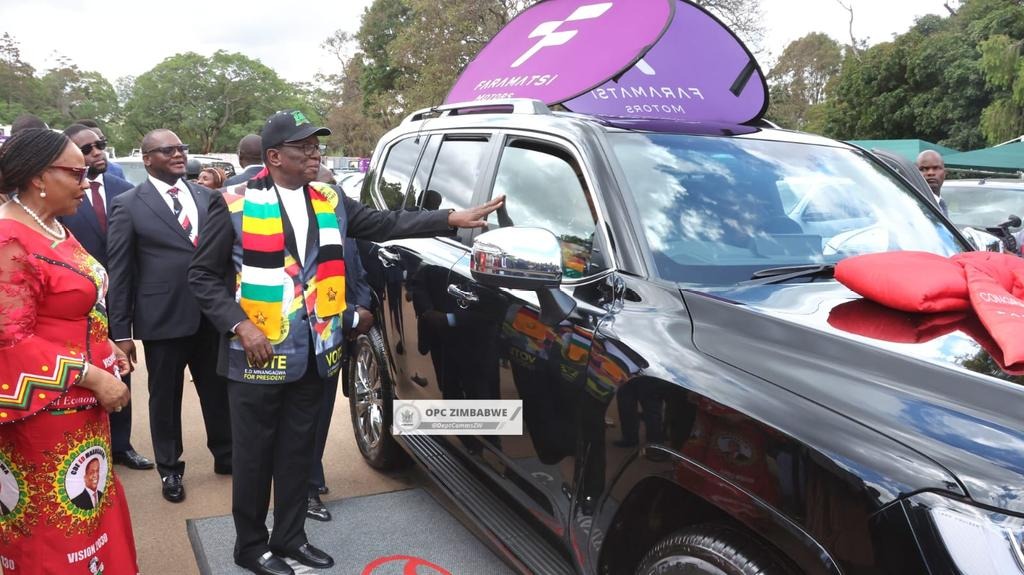
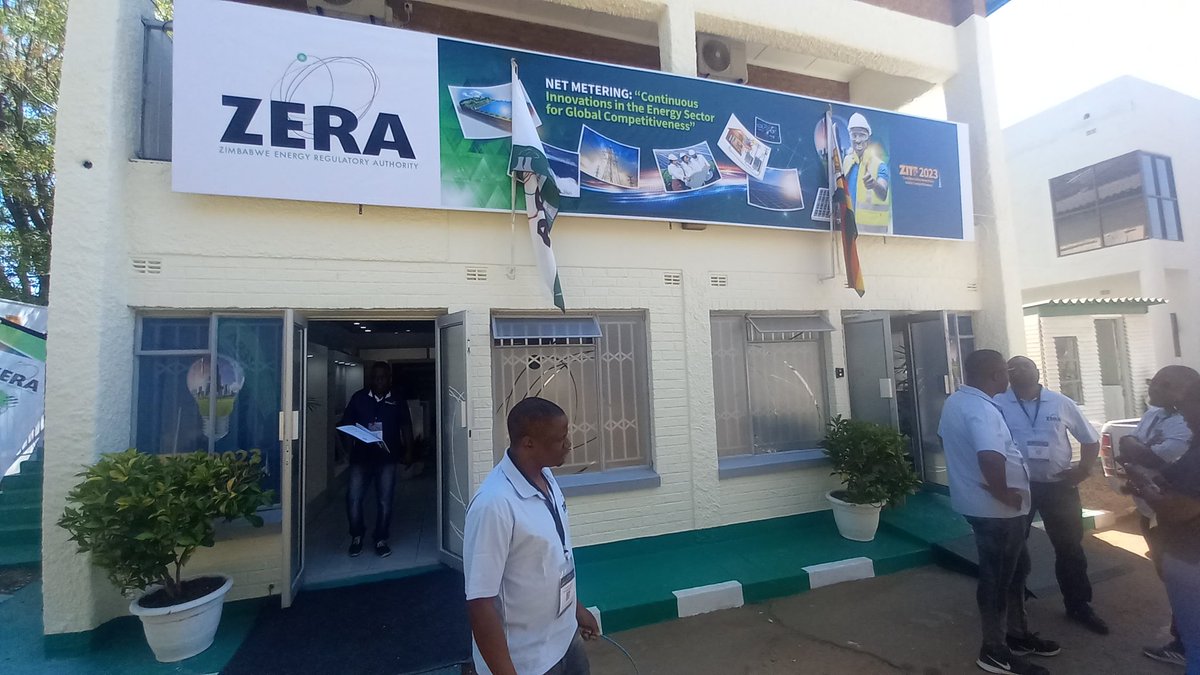

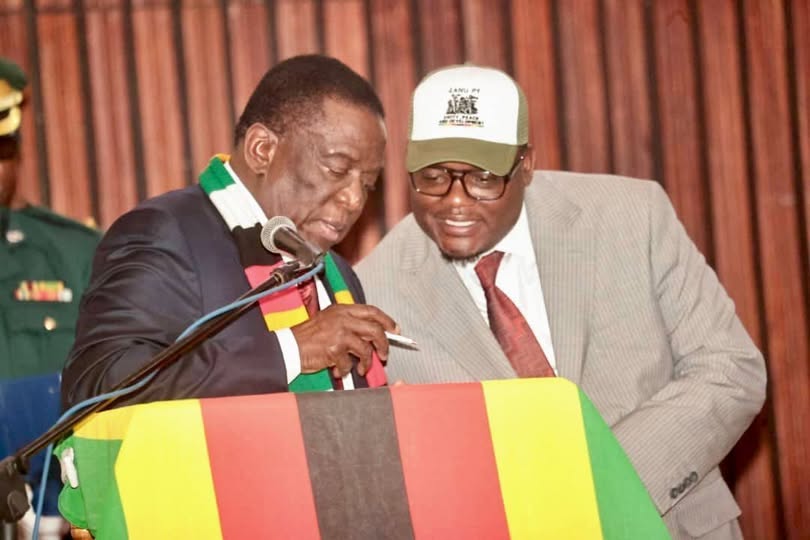
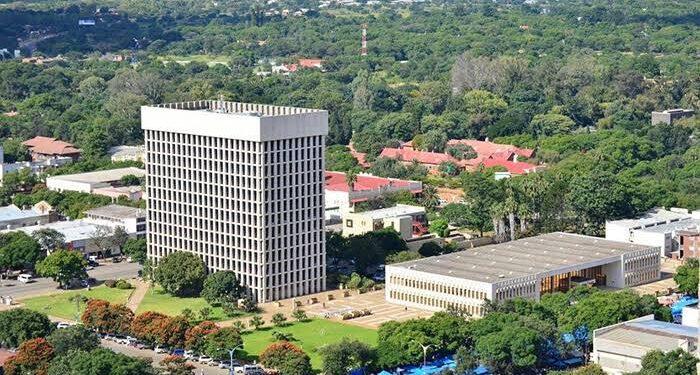



 Young Investment Professional (YIP) Graduate Programme 2019
Young Investment Professional (YIP) Graduate Programme 2019
Editor's Pick